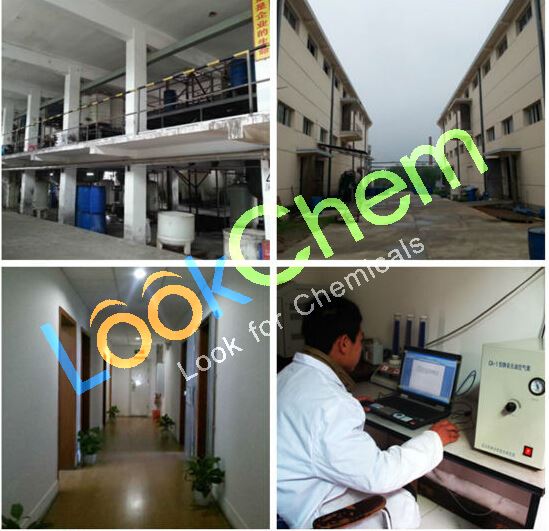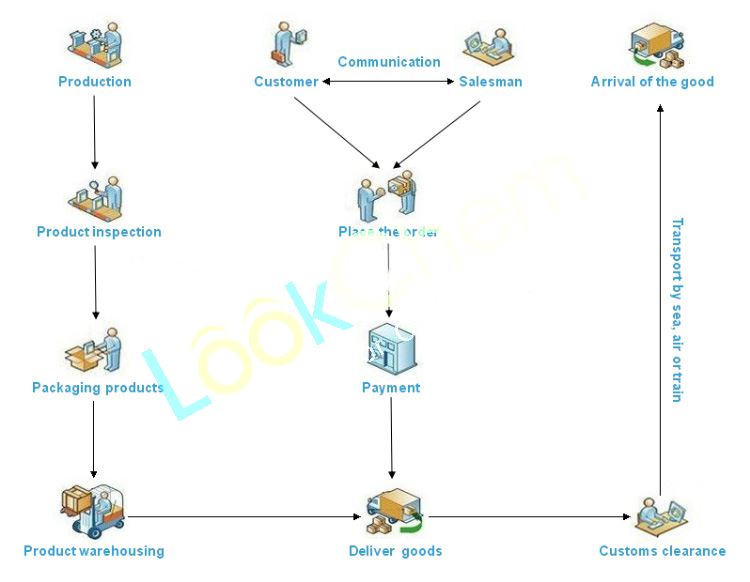cas:42615-29-2 Linear alkyl benzenesulphonate
Min.Order / FOB Price:Get Latest Price
| 500 Gram |
Negotiable |
- Min.Order :500 Gram
- Purity: 99%
- Payment Terms : L/C,D/A,D/P,T/T,Other
Keywords
cas:42615-29-2 cas:42615-29-2 Linear alkyl benzenesulphonate Linear alkyl benzenesulphonate
Quick Details
- Appearance:white poweder
- Application:cas:42615-29-2 Linear alkyl benzenesulphonate technical grade or OLED grade
- PackAge:Plastic vacuum packaging bag or bucket
- ProductionCapacity:1|Kilogram|Day
- Storage:under the cool and dry area
- Transportation:by express or by sea
Superiority:
|
|||||||||||||||||||||||||||||||||||||||||||||
Packaging & Shipping
Aluminum foil bag/25 kg fiber can
Shipping:Prompt after yr PO confirmed, by sea / air / express ,which depends on the order quantity and your request.
Our Services
1. Top Quality
2. Competitive Price
3. Fast Feedback
4. Excellent After-sale Service
5. Safe Delivery
Our Advantage
1. Risk-free guarantee,15days refund
2. Most of the products in stock,can ship within 2days after the order
3. Stable quality and supply ability,Samsung,LG,Merck,DOW,GE, supplier
4.ISO9001,ISO14001,RoSH certification
5. DUNS Registered,D-U-N-S Number :530844988,Give you the Confidence to Do Business with Us!
6. we can supply custom synthesis service.
RUIYUAN can quickly and efficiently provide a variety of organic compounds, OLED intermediates .Main including: Carbazole, Fluorene, Anthracene, Boronic acid, Naphthaline, Thiophene, Imidazole derivatives and so on. Also can provide custom synthesis from the laboratory scale to commercial production.
Company Information
sunlake. is a research-based and customer-oriented enterprise. Its professionals are dedicated to the discovery of innovative fine chemicals,specialized for Organic Photoconductors,intermediates of Liquid Crystal ,pharmaceutical ingredients,food addiitives and health products.
It’s our pleasure to support our customer to solve the mater from the product’s initial Research and Development to Kilo Lab experiments to Pilot plant production and commercial stable production.
Details:
|
|||||||||||||||||||||||||||||||||||||||||||||



You Might Also Like
-
C24H16N2 CAS:18628-07-4 3-(9H-Carbazole-9-yl)-9H-carbazole
CAS NO:18628-07-4
-
C11H7N2 CAS:244-76-8 alpha-carboline
CAS NO:244-76-8
-
C18H14BNO2 CAS:419536-33-7 4-(9H-Carbozol-9-yl)phenylboronic acid
CAS NO:419536-33-7
-
C18H14BNO2 CAS:854952-58-2 9-Phenyl-9H-carbazol-3-ylboronic acid
CAS NO:854952-58-2
-
CAS: 352359-42-3 1-Naphthalenamine, N-(4'-bromo[1,1'-biphenyl]-4-yl)-N-phenyl-
CAS NO:352359-42-3
-
C24H19N CAS: 102113-98-4 4,4'-IMINOBIS(BIPHENYL)
CAS NO:102113-98-4
Related Searches
About|Contact|Cas|Product Name|Molecular|Country|Encyclopedia
Message|New Cas|MSDS|Service|Advertisement|CAS DataBase|Article Data|Manufacturers | Chemical Catalog
©2008 LookChem.com,License: ICP
NO.:Zhejiang16009103
complaints:service@lookchem.com Desktop View